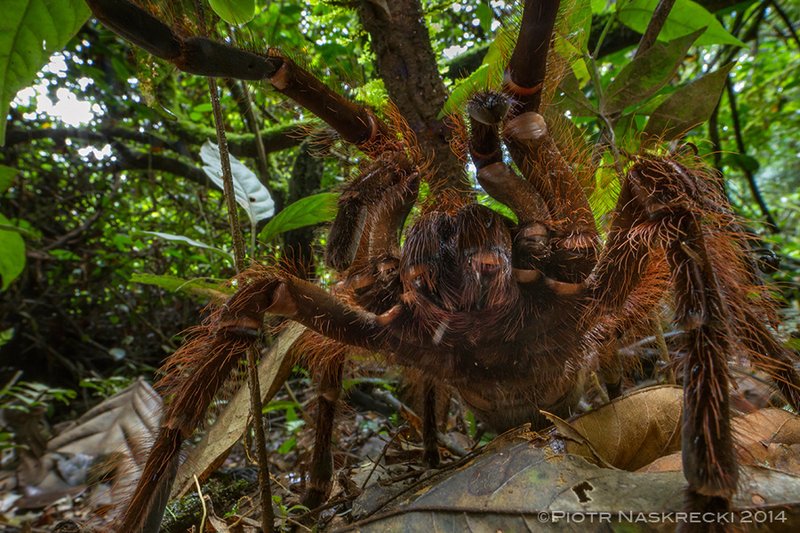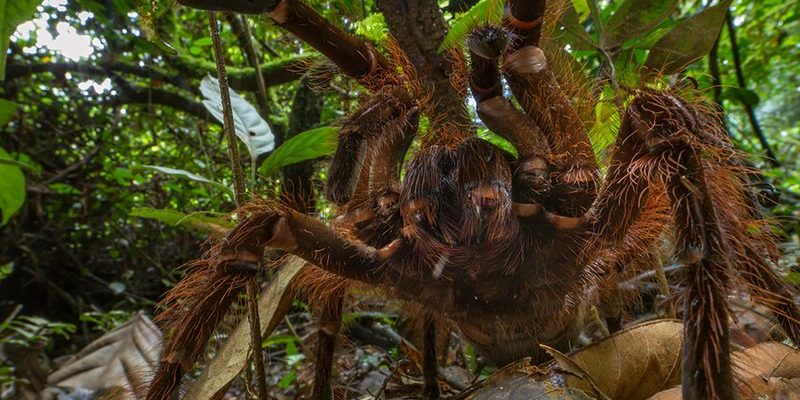
The Goliath Birdeater, scientifically known as *Theraphosa blondi*, is one of the largest spiders on the planet, native to the rainforests of South America. With their hairy bodies and long legs, they can seem a bit intimidating. But understanding their lifespan and growth stages can make them less scary and more fascinating! Let’s dive into the life of these extraordinary spiders and discover what makes them thrive.
Goliath Birdeater Lifespan
When we think about the lifespan of the Goliath Birdeater, it’s important to note that these spiders have different life stages. Generally, their lifespan can range significantly depending on various factors like environment and diet. In captivity, these spiders can live anywhere from 15 to 25 years! In the wild, however, they often face risks that can shorten their lives, bringing their lifespan down to around 6 to 10 years.
So, what influences these differences? Well, in captivity, a controlled environment protects them from predators, disease, and scarcity of food. Meanwhile, in the wild, they are at risk from birds, snakes, and even larger mammals looking for a meal. It’s a cruel world out there, and survival can be tough!
Growth Stages of the Goliath Birdeater
Now, let’s talk about how a Goliath Birdeater grows. These spiders go through a process called molting, where they shed their old exoskeleton to accommodate their growing bodies. This is crucial for their growth and happens several times throughout their life.
Typically, a Goliath Birdeater starts from an egg sac, which can contain about 100 to 200 eggs. Once the eggs hatch, tiny spiderlings emerge, looking nothing like their parents. They are small, fragile, and have to fend for themselves. Over time, as they molt and grow, they develop those impressive characteristics we associate with adult Goliath Birdeaters, including that iconic size.
Factors Affecting Lifespan
You might be wondering what exactly plays into the lifespan of these fascinating creatures. Several factors can affect how long a Goliath Birdeater lives:
- Diet: A healthy diet rich in protein is essential for their growth and longevity. In the wild, they primarily eat insects, but they can also take down small rodents and birds.
- Habitat: A safe, stable environment allows them to thrive. In the wild, deforestation and habitat destruction can lead to increased mortality rates.
- Predation: As mentioned earlier, being at the top of the food chain in their environment is crucial. Young spiders are more vulnerable to predators.
- Care in Captivity: If you’re considering keeping a Goliath Birdeater as a pet, proper care, including temperature, humidity, and space, can greatly influence their lifespan.
These elements combined can create a big difference in how long these spiders live and how healthy they are throughout their life.
Significance of Growth Rate
Understanding the growth rate of the Goliath Birdeater offers insights into their life expectancy. Young spiderlings grow rapidly, but the growth slows down significantly as they reach maturity. During their first year, they can molt several times, adding significant size with each molt.
Here’s a fun fact: a Goliath Birdeater can reach its full size within 3 to 4 years! That’s impressive, considering how small they start. Once they reach adulthood, their growth rate tapers off. There’s a fascinating interplay between these growth stages and their survival, reflecting how nature regulates population dynamics.
Caring for a Goliath Birdeater in Captivity
If you’re thinking about bringing a Goliath Birdeater into your home, it’s crucial to understand their care requirements to ensure they live a long life. Here are a few essential tips:
- Tank Size: Make sure to provide a spacious tank so they can move freely. A larger habitat allows for better physical health.
- Humidity and Temperature: Maintaining the right humidity level (around 60-80%) and temperature (75-85°F) is vital for their health.
- Feeding: Regularly feed them a varied diet, including crickets, mealworms, and, occasionally, larger prey like pinky mice.
- Handling: Be cautious when handling them. Although they aren’t aggressive, they can bite if they feel threatened.
Proper care can help you enjoy your Goliath Birdeater’s companionship for many years!
In conclusion, the Goliath Birdeater is not just a big spider; it’s a marvel of nature with a unique lifespan and growth pattern. From their early days as tiny spiderlings to their impressive adult forms, these creatures showcase resilience and adaptability. Whether you’re a curious nature enthusiast or a potential pet owner, understanding their life cycle adds depth to your appreciation of these extraordinary arachnids.
So, the next time you see a Goliath Birdeater (either in a documentary or in your own home), remember the journey they’ve traveled to become the magnificent beings they are today. Each phase of their life matters, and with the right knowledge and care, you can help them thrive!

